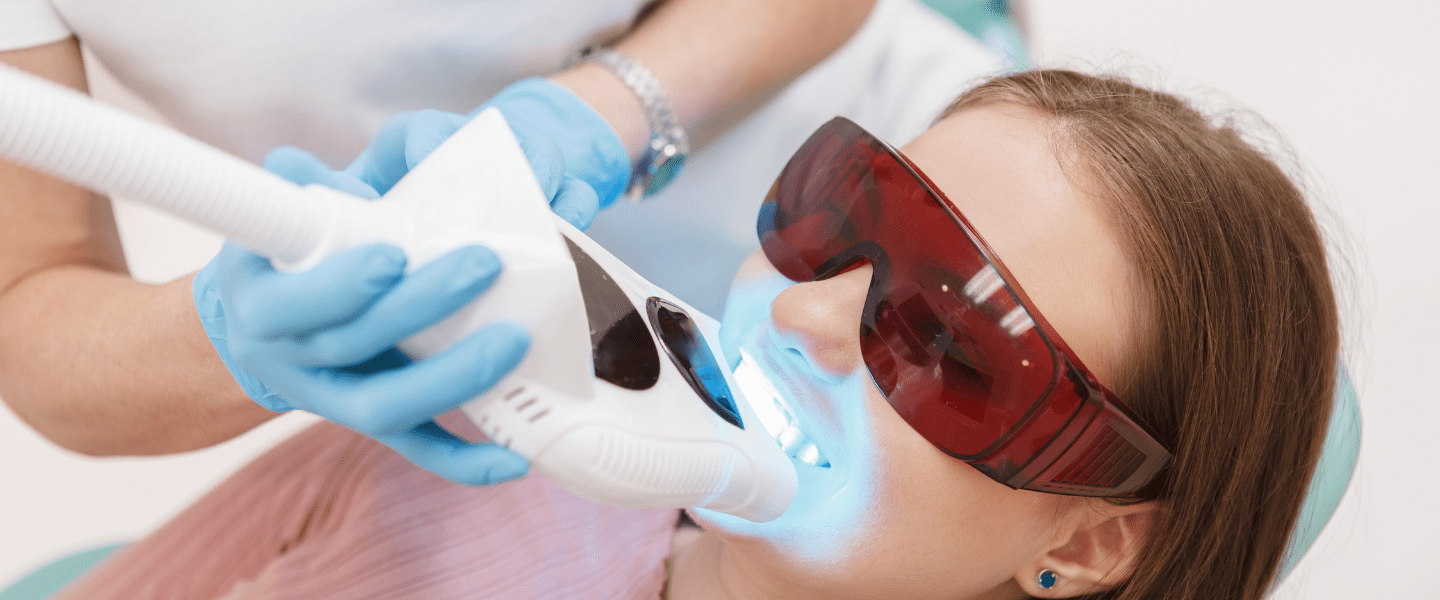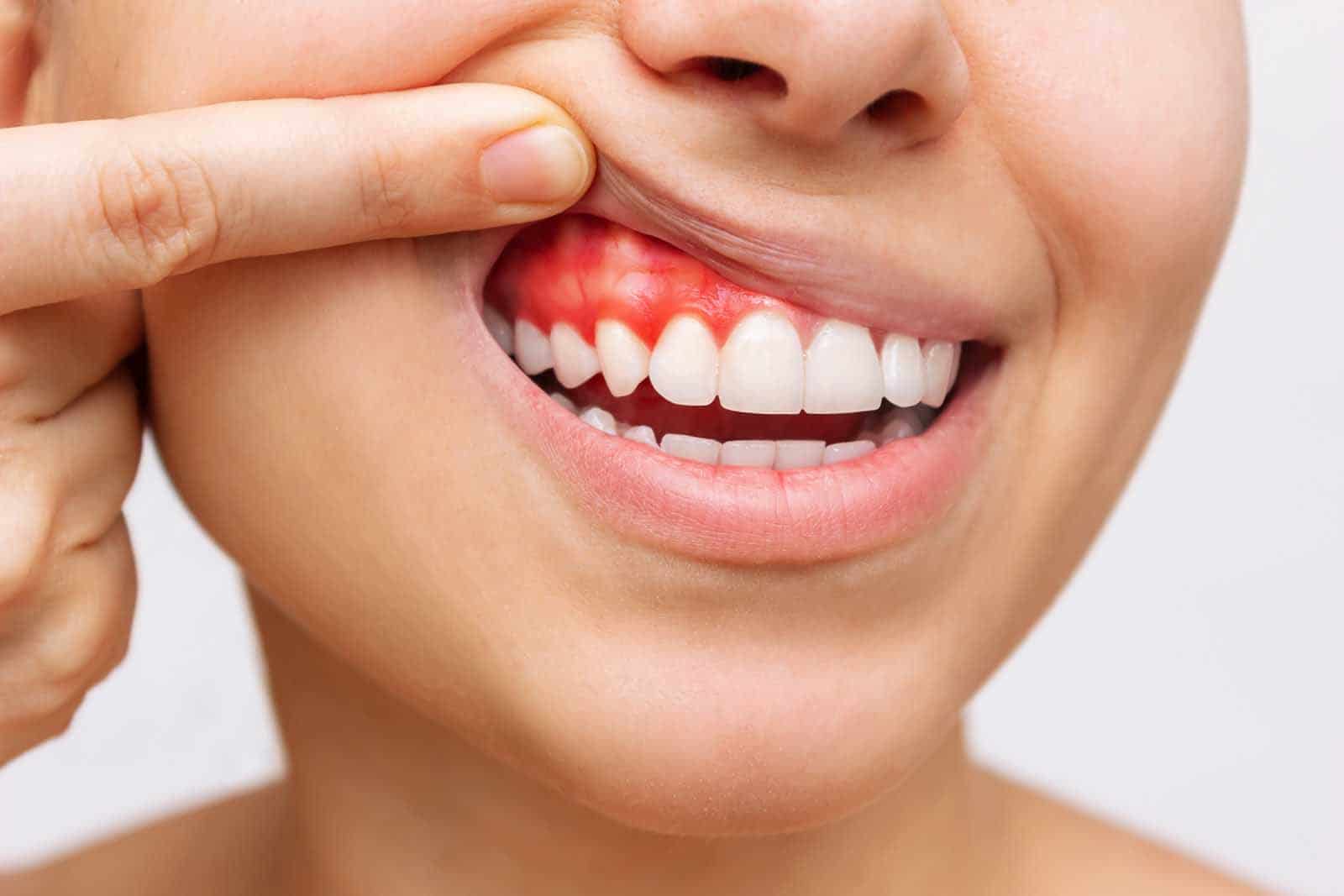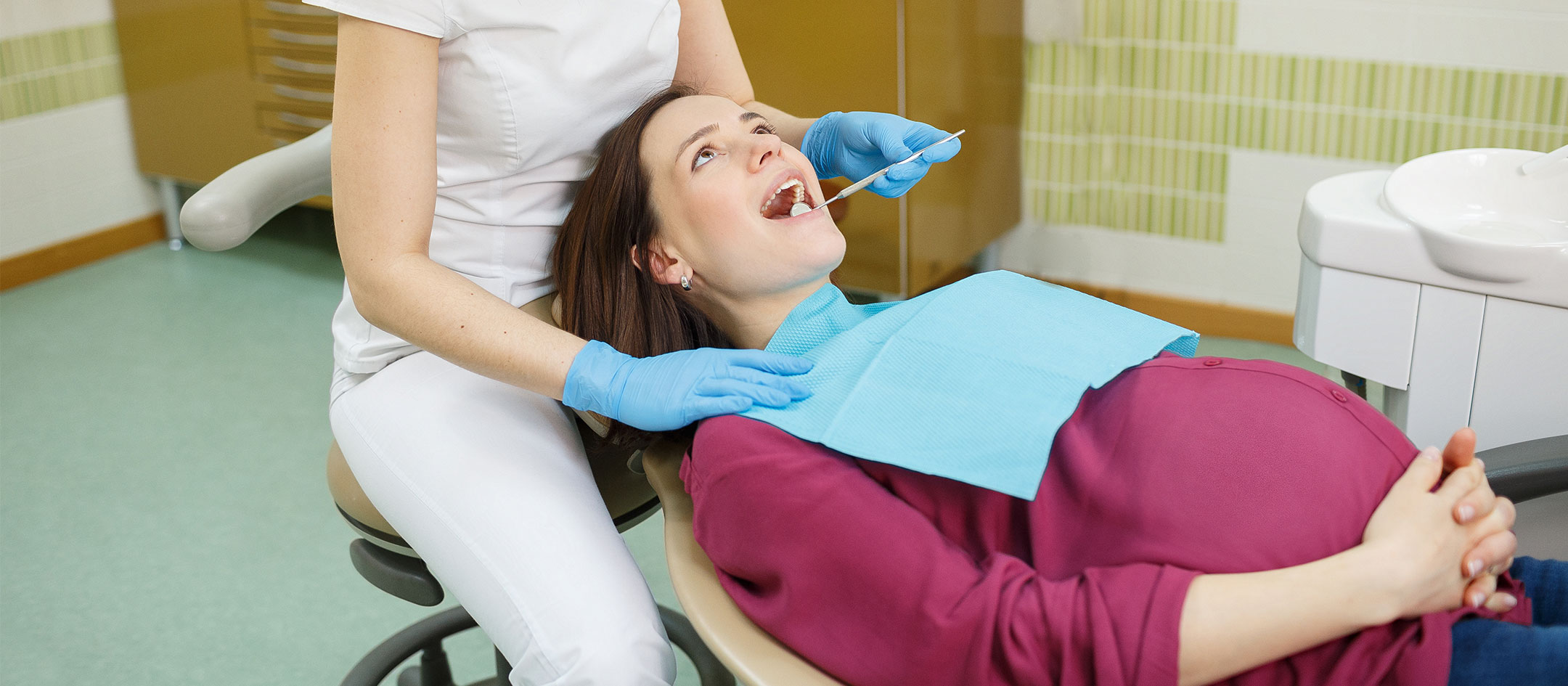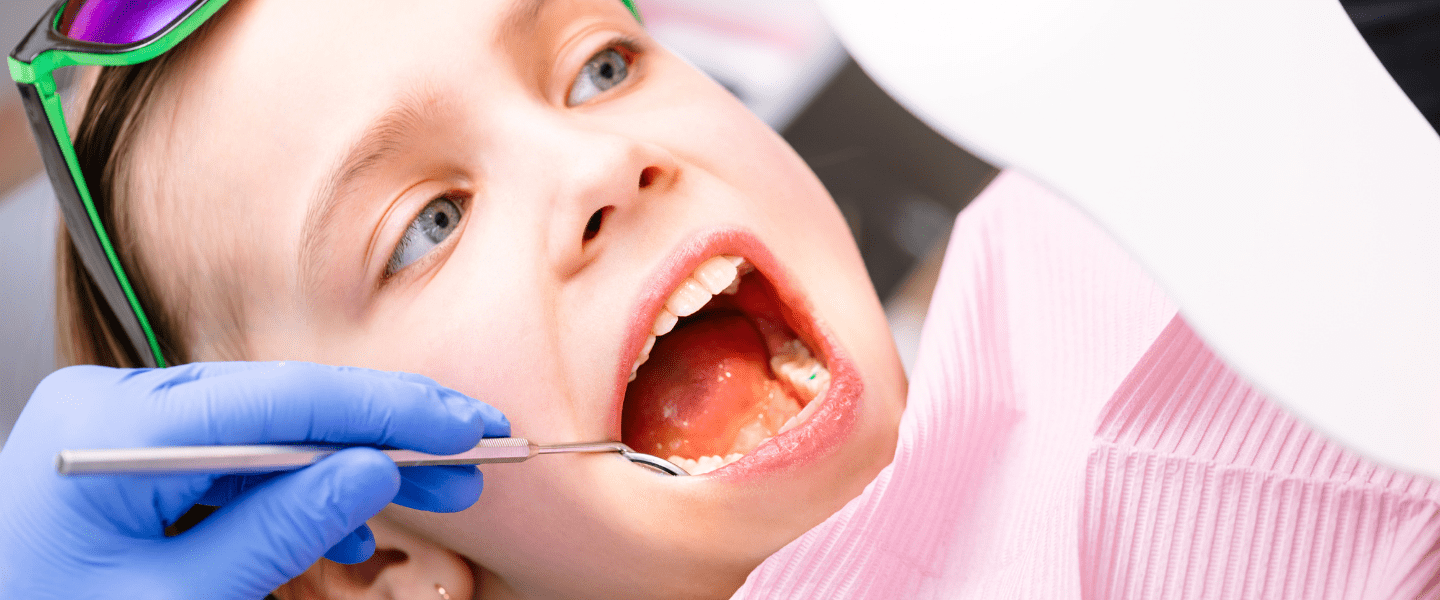Working Time
-
Mid-week 09:00 - 21:00
Saturday 09:00 - 21:00
Sunday: Close
Contact Info
-
0212 651 42 42
- [email protected]
Ask Question
Laser Operations

What is Laser Dentistry?
Laser technology has been used in medicine since the 1960s. In dentistry, the laser, which was initially preferred only for teeth whitening and soft tissue operations, has a much wider range of applications today. Hydrokinetic energy, which is obtained by combining laser energy with atomized water sprays, can be used effectively in dentistry in both hard tissue (the hardest structure of the human body such as tooth enamel) and soft tissue (palate) procedures.
Uses of Laser Dentistry
Laser dentistry offers a wide range of treatment options. Some of these applications are as follows:
Cleaning tooth decay
Root canal treatment
Tooth fillings
Surgical procedures on the jawbone and gums
Gum contouring
Aesthetic dental treatments
Treatment of sensitive teeth
Lightening the color of dark gums
Treatment of cold sores and canker sores
Laser technology also offers great advantages in implant treatment. Surgical procedures become simpler and the overall treatment time is shortened. The fact that the laser does not vibrate in hard tissues and does not require anesthesia for minor interventions is an important reason for patients of all age groups who are afraid of dentists. In soft tissues, bleeding-free operations and fast healing processes are among the biggest advantages of laser dentistry.
Advantages of Laser Dentistry
Painless Treatment: In laser procedures, it is possible to work without touching the tooth and other tissues. In this way, there is no pain due to heat, vibration and friction, which makes it unnecessary to numb the tooth.
Sterilization and Disinfection: 100% disinfection and sterilization is ensured in the areas where the laser is used. This eliminates the risk of infection and the possibility of caries formation.
Bleeding-Free Surgery: There is almost no bleeding during surgical procedures performed with laser. This reduces the possibility of post-operative swelling, complications and discomfort and provides a faster recovery.
Fast Results: Laser teeth whitening procedures give effective results in a very short time.
Discoloration Treatment: In patients with genetic purple coloration (hyperpigmentation) in the gums, this problem can be eliminated in 3-4 sessions by applying laser peeling.
Wound Treatment: Laser is also used in the treatment of soft tissue and gum wounds. In addition, fibromas (harmless pathological growths) in the mouth can be eliminated with laser.
Aesthetic Dental Treatments: In aesthetic dentistry applications such as porcelain laminates, empress crowns and procera crowns, laser abrasion can be performed on the tooth surface to ensure better adhesion of the crowns to the tooth. This process reduces the risk of crowns falling off.
Differences between Laser and Traditional Applications
Laser dentistry should not be confused with composite filling applications that are hardened with a light source, popularly known as “laser filling”. Laser refers to a more comprehensive and advanced technology, while composite fillings are materials that are hardened with a specific light source.
Laser dentistry shortens the overall treatment process, allowing for more successful results with less effort. With these features, it is considered a revolutionary innovation in the field of dentistry.
STUDENT ORAL AND DENTAL HEALTH
Online



